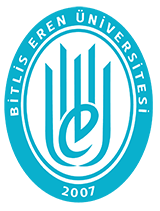Deepfake Image Detection with Transfer Learning Models
Abstract
Deepfake is a technology that employs artificial intelligence to generate fake images and videos that closely mimic real ones. The rapid growth and dissemination of digital modifications generate considerable concern in the media, politics, and social networking. Among the concerns faced include the dissemination of misinformation, reputational damage, and threats to physical security. Given these concerns, prompt and reliable identification of Deepfakes is crucial for protecting information security and mitigating its negative impacts. Therefore, the development of effective technologies for Deepfake detection is essential to counter this increasing threat. This study aims to identify Deepfake images and examine the efficiency of transfer learning algorithms in Deepfake identification. This study employed the most commonly utilized transfer learning models, including InceptionV3, EfficientNet, NASNet, ResNet, DenseNet, Xception and ConvNeXt, to perform the detection task. An extensive public dataset of 190,000 images, including both real and artificially generated, was utilized in the study. The performance of each model was assessed by using the metrics of accuracy, precision, recall, and F1-score. DenseNet was the most successful model with a test accuracy of 93%. The obtained results have shown that transfer learning models can effectively detect the Deepfake images, providing a practical approach to the challenge with reasonable performance scores.
Collections

DSpace@BEU by Bitlis Eren University Institutional Repository is licensed under a Creative Commons Attribution-NonCommercial-NoDerivs 4.0 Unported License..













